Water Safety
Swimming is a full body workout and a cool way of getting exercise. It is also a fun way for spending time with family members, no wonder water parks are so occupied in summers.
Did You Know? In the United Kingdom, drowning deaths amounted to the second-largest among children ages five to 14 years old.
Unfortunately, a lot of people do not recognize the dangers swimming can pose. It can be a life-threatening sport if proper precautionary measures are not taken.
Fact Check: The American population has more than 15,000 drowning deaths a year. Approximately one out of five children die from drowning in the ocean and for each drowned kid five are taken into hospital with serious injuries.
Getting To Know The Importance Of Water Safety
Water safety is essential as people need air to breathe. If a human inhales a large amount of water from their nose or mouth, it can fill up their lungs with liquid. The human lungs can damage by excess fluids.
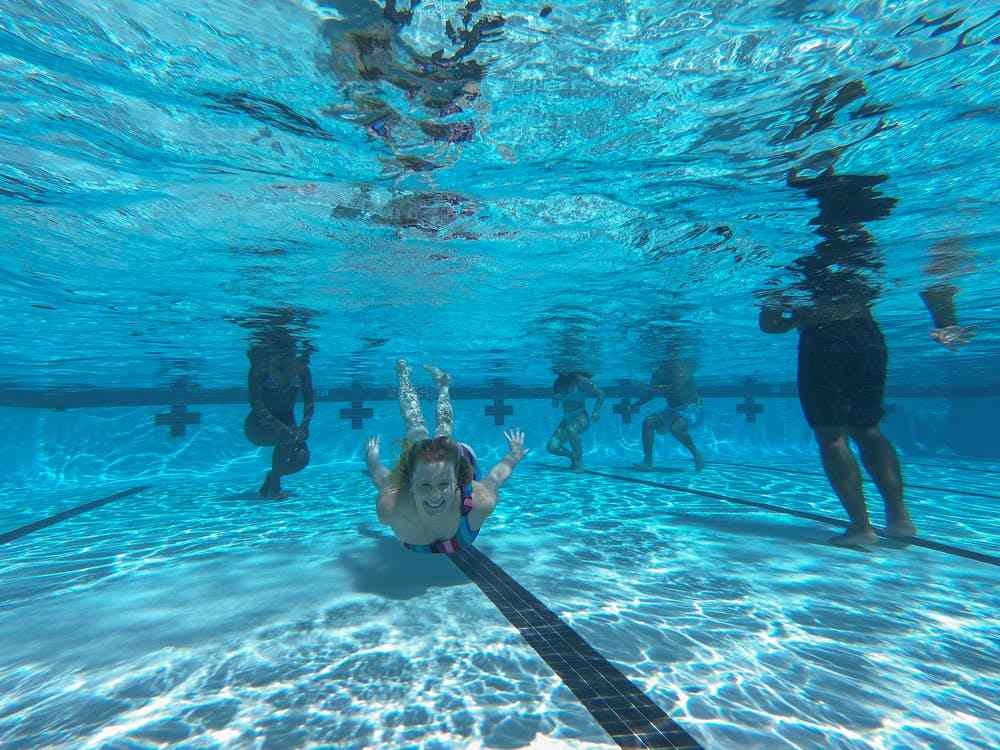
This in turn causes severe injuries to the lungs which can cause life threatening breathing problems or even death in worst case scenarios.
Therefore, we cannot emphasize enough taking proper precautions when going for a swim in a pool, ocean and sea to prevent drowning incidents. Also, if you are a parent, you need to educate children on water safety so that they understand the severity and are well equipped.
To get a detailed guide on swimming, check this link.
Key Tips For Water Safety
Being water safe refers to the way an individual behaves in or around water. Its all about being proactive and studying the water safety guidelines before you go for a swim. You can find what swimming essentials are required here, before you get in the pool.

Once you are equipped with basic swimming skills and relevant safety tips, you can have fun in the swimming pool. Parents need to educate their children with safety tips along with swimming lessons.
- Always Wear A Life Jacket
Children who swim in slack waters should always wear Coast Guard-approved life jackets when swimming. Some product manufacturers claim that these safety products keep kids alive, such as water flies floating noodles in pools or lifejackets.
No matter how good, these products are not foolproof, they don’t replace life savers and are not lifesaving tools in case of an emergency. These products are only to be used in the presence of a parent or trusted adult who can hold the child securely.
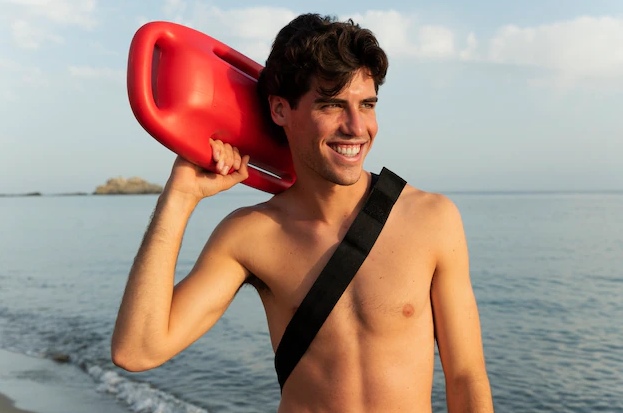
Remember life vests and other flotation devices should never be an excuse for not following other guidelines for water safety. Life jackets alone can no longer be used when protecting yourself in an alarming situation at sea, ocean and swimming pool.
- Never Swim Alone
Swimming is advisable only if the swimmer is in service. Lifeguards are not always monitoring those in pools, lakes, and oceans. The trained professionals can react quickly in emergencies preventing questionable conditions.
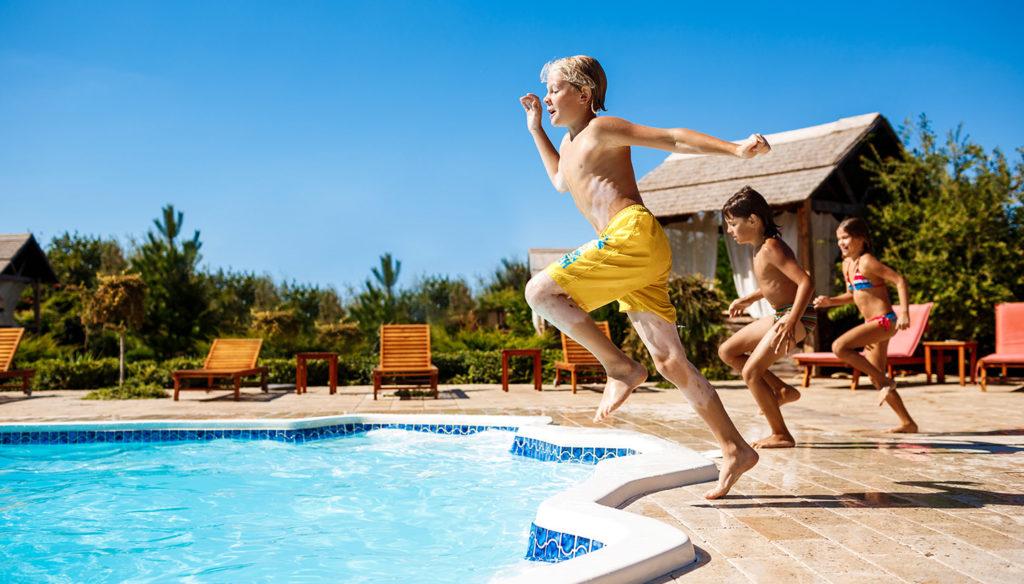
The most common rule to follow when going for a swim is to have company nearby, you can use the buddy system. This means always keeping a company around you while swimming and in case of any unforeseen emergency, your friend can timely notify the lifeguard.
- Monitor Children When They Are In The Water
Parents feel relaxed when their kids are not around but not when you have kids on the water, they need to be vigilant and alert!
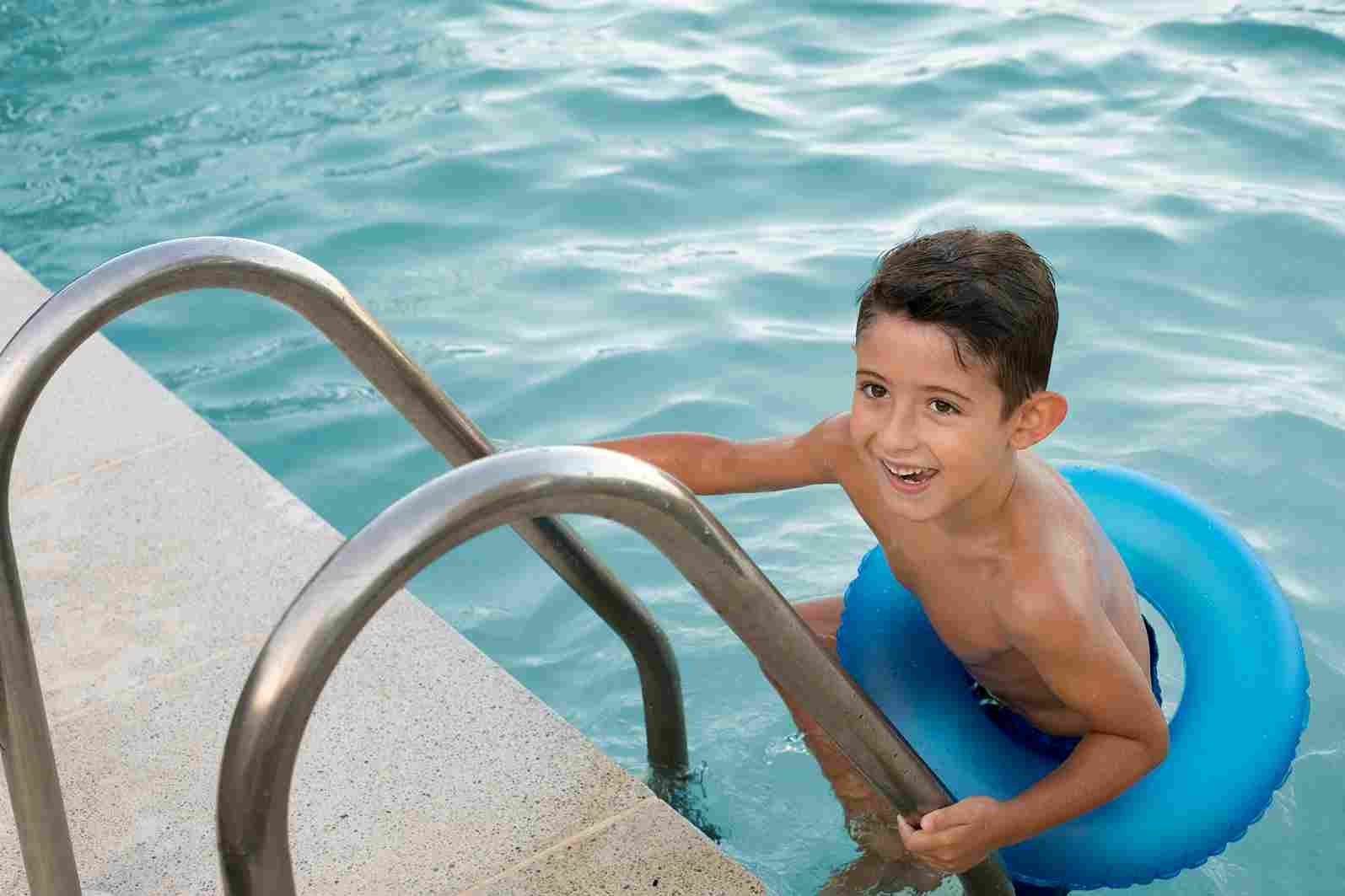
In general, parents should remain close to young children whenever they are involved in extracurricular activities. Usually, these rules are valid for swimming in pools, lakes, oceans or tubs. Parents should always be vigilant about their younger children.
Even strong swimmers require supervision as the risks are very high for them in a dangerous underwater world. Therefore, i cannnot emphasize enough on watching your kids while they are in the water.
- Avoid Drinking Alcohol
This advice is particularly important for older children and parents. As kids get older, the need to educate teenagers on safety becomes essential. Drinking alcohol affects judgement, coordination, and balance. Having this condition can affect swimming abilities, and can reduce body temperature.
Teenagers are commonly depicted enjoying alcohol poolside in TV and movies. Therefore, parents need to be cautious and they need to educate their children on water safety to never consume alcohol while swimming.
- Learn CPR
While we hope your friends and family follows these instructions and remains safe in the water, the tragic reality is that accidents can occur.
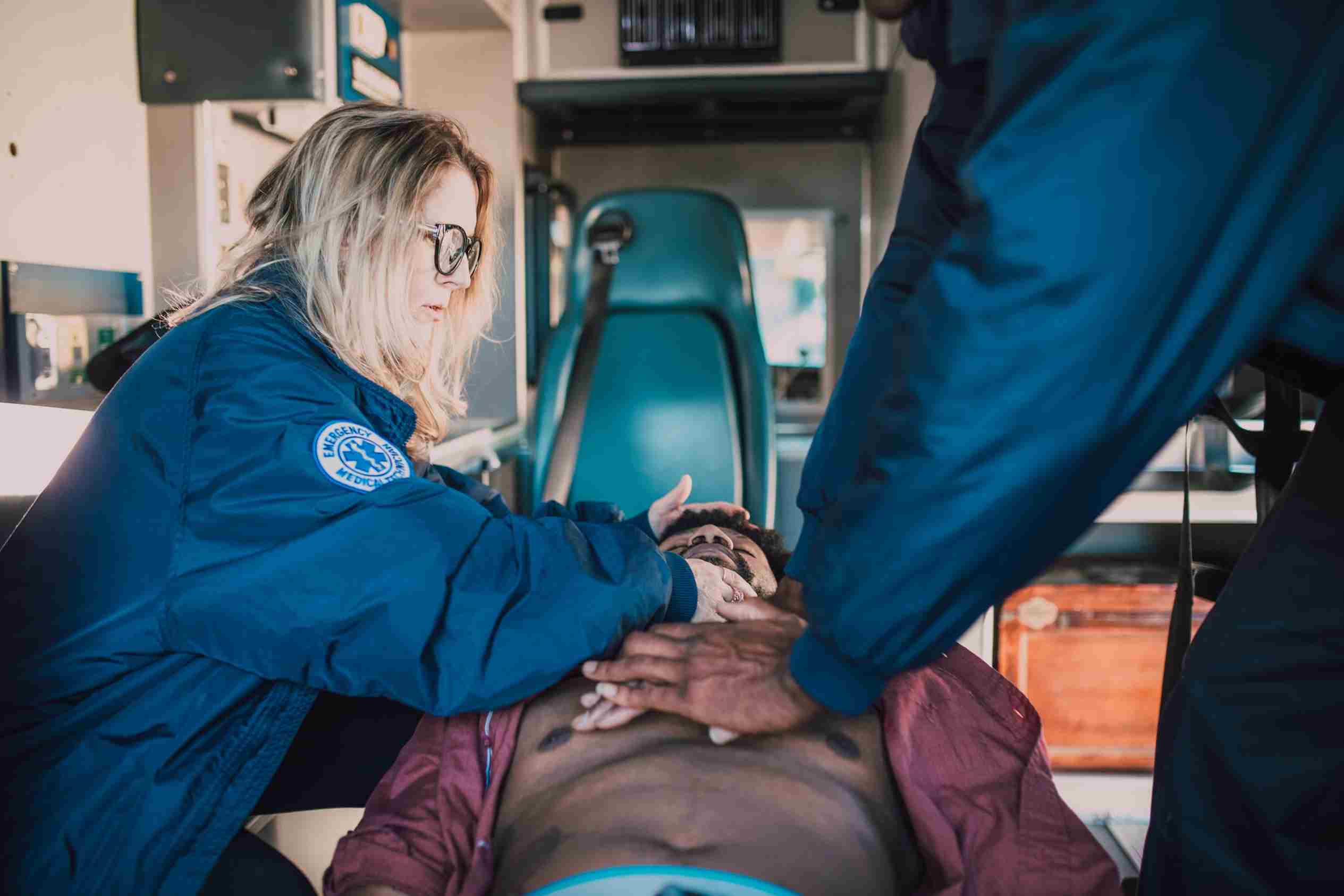
When a drowning event occurs in the pool, bystanders are usually the initial ones to respond. As a parent or supervisor, it is essential for you to get a good understanding of basic survival techniques, including CPR.
CPR is essential in a life and death situation. Get your CPR certification from your local hospital or a local organization, it may come in handy one day.
- Don’t Jump In The Water To Save A Friend
When kids see their friends struggling for a place on the ground, they instinctively jump to aid them. Similarly, they tend to follow their instincts if they see their fellow friend drowning in water but little do they know, they are putting themselves in danger.
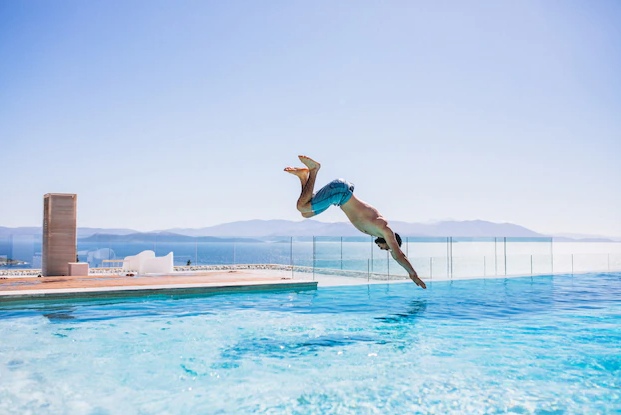
Therefore, Safety Around Water programs recommends a technique called to reach, throw and go, involving using a large object to guide struggling swimmers to safety. By using such techniques children may assist their friends without causing any harm to themselves.
- Keep Away From Pool Drains
It’s important to show your kid what the pool drains looks like so they understand how important they are.

Children are often trapped by broken or faulty drain pipes which cause drowning or may end up seriously hurting their limbs. Teach children to leave these pools, especially if sand or other water sources are clogging. Immediately alert the operator of the deviceincase of a malfunction.
- Stay In Designated Swimming Areas
When swimming in the water, there is always a safe swimming zone marked in the designated pool. Educate the kids regarding the purpose of rope in the water.
Never encourage your child to swim deeper in the water than their ability will allow. Listen to the professionals present in the area, these experts are familiar with the water and understand how it changes daily.
- Enter The Water Feet First
When children jump and dive in shallow waters they could sustain serious injury. Make sure the child knows the best method for entering and exiting pools.
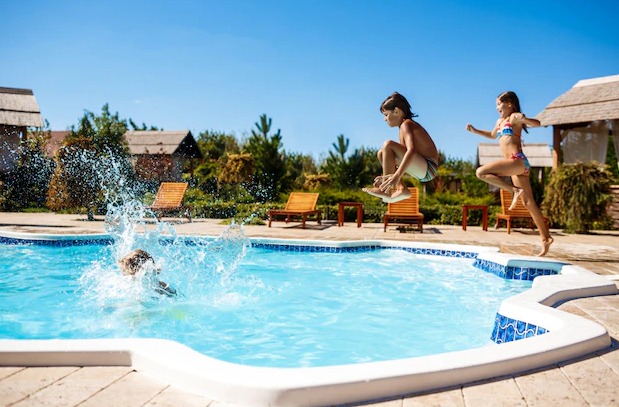
If a child is a keen jumper then show them a proper method of doing this. If your pool lacks a diving space, don’t let your children jump into the depths.
- Don’t Play Breathing Games
The swimmer must hold his breath for no more than two minutes since it can cause drowning or other serious injuries, especially to a child. Make sure children realize that attempting to find out the time duration of holding their breath underwater is dangerous.
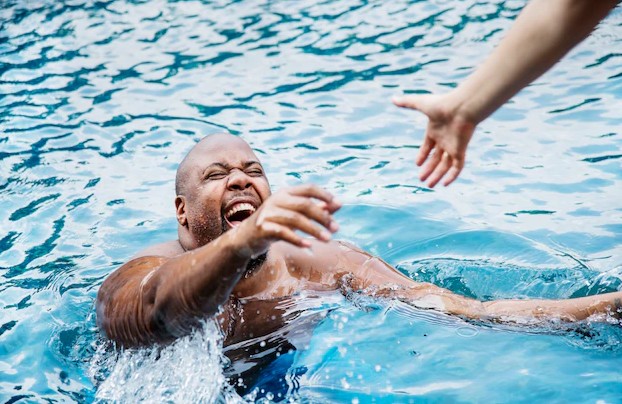
If you hold your breath for too long or hyperventilate when you dive, or if you breathe longer or faster, it can be more likely for someone to pass out underwater.
For swimmers competing in contests and competitions, it is recommended to develop sanitized breathing techniques to avoid breathing difficulties in competitions.
- Teach Your Children To Be Safe In The Water
Sometimes parents can follow these rules and guidelines, internalize them and act out of them, but they do not tell their kids why. It is imperative to give proper knowledge to your children along with proper reasoning.

Make it easy on kids when it comes to life vests. Explain how they can go in the water if they don’t put them on. Tell them that it’s important to avoid deep or murky waters. When you are clear about what you are educating your children, you can assist them in learning more.
Just as your child learns to look the right way while crossing the street, you must also teach them the importance of safety at the water. Lead by example.
Frequently Asked Questions
How Can Kids Swim Safely?
Give them swim safety guidance. Make sure children are not too weak swimmers or are confined to their grasp by adults. Don’t allow children to swim in deep water unless they have a strong grasp of their swimming skills.
What Are The Four Rules Of Safety?
Some important rules you should learn about the aqua world are:
- Always swim with a company. Never swim alone.
- Swim at the maximum supervision level.
- Always move, not run.
- Check the depth of ocean water first.
What Can I Impart In My Child About Water Safety?
- Teach water safety rules.
- Always have a buddy.
- Avoid eating while swimming.
- Stay near the lifeguard.
- Play Safe Water Games.
- Avoid grabbing dropped goods.
- Do not go near a pool if don’t know how to swim.
What Age Can Babies Go In Water?
Almost all physicians recommend waiting for a child to be six months old to swim. Avoid swimming with babies that are under 6 months of age because the water can be very cold to the infant.
What Is The Most Important Rule Of Child Safety Around Water?
Wear Life Vests. Young kids who have not been able to swim can use a life vest in the water without being exposed to danger.
What Are the Safety Tips For Swimming?
The basic guideline for swimming safety are:
- Keep the kids aware of how much depth the ocean can hold.
- Keep children away from diving into the waters that have depths below 9 ft.
- Do not chew gum while you swim.
- Keep an emergency telephone number near the water.
Why Safety Is Important In Swimming?
A person who has basic knowledge in a sport such as swimming and safety may be more likely to drown than to lose it to a complication. Therefore, along with learning swimming skills, it is essential to take swimming lessons for safety in the water.
What Should I Be Careful Of At The Beach?
Check for rip currents. Ripping currents are also usually formed around sand bars and near jetties, and can occur on all beaches and in rip tide (especially on the Great Lakes). They are a danger to all beach visitors but can easily throw even the strongest swimmer into the water.
The Final Word
The leading cause of drowning is a lack of lessons in water safety skills. Young swimmers are usually asked to follow the guidelines. Proper guidance should be given to swimmers by explaining them the severity of accidents that can occur if they don’t comply.
Drown-proof flotation devices should be used in keeping kids safe. In case of any calamity emergency helpline and lifesaving techniques to be used.
Swimming is an excellent sport and exercise routine, it is also a fun activity to do with family provided that proper safety measures are taken and guidelines are followed.

